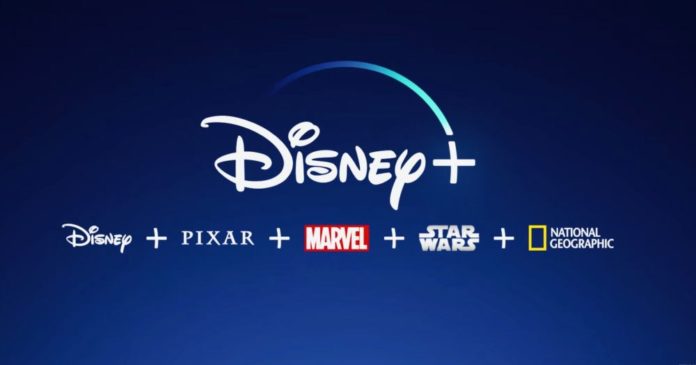
Disney+ will be launching an ad-supported plan, but if you’re hoping to get the service for less — think again. Quite the contrary, the upcoming plan with ads will cost $7.99 per month which happens to be the current cost of the ad-free plan. That plan, with no ads to deal with, will cost $10.99 per month when the new ad-supported offering launches on December 8th.
Yes, it’s crap, but this is what streaming services are known for — to increase their prices for no particular reason. Netflix did it a few times in the past and now Disney+ is taking the same route.
In fact, Netflix is also said to be working on such a plan, meaning we’ll soon be seeing ads left and right except if we pony up a premium.
At this stage, it is unknown whether the ad-supported plan will have all the content its non-ad variant has or some additional restrictions will be included. From what we’re getting, Netflix’s plan with ads won’t have access to all the content and we can only hope Disney+ won’t do the same.
What we do know is that the ad-supported Disney+ plan will have a “lower ad load and frequency to ensure a great experience for viewers,” according to Disney CEO Bob Chapek. We’re not sure what that exactly means, but reports from earlier this year suggest we’ll have to bear four minutes of ads per hour. That doesn’t sound that awful and to make things slightly better, there won’t be ads on kids profiles.
The U.S. will, naturally, be the first market to be “blessed” with Disney+ ad-supported offering, while the rest of the world will get it next year.
Finally, unlike regular plans that don’t include ads, you won’t be able to buy the ad-supported plan on an annual basis — and will have to commit to pay for it on a month-to-month basis. Until you upgrade to remove the ads, that is.
A VPN can hardly help you remove ads, but you can still use it to access Disney+ in countries and places where you can’t get it. Like in China, or in your workplace. There’s always a reason to use a VPN, if for no other reason – to keep a low profile online. Which, in case you wonder, is why we have it turned on at all times.
